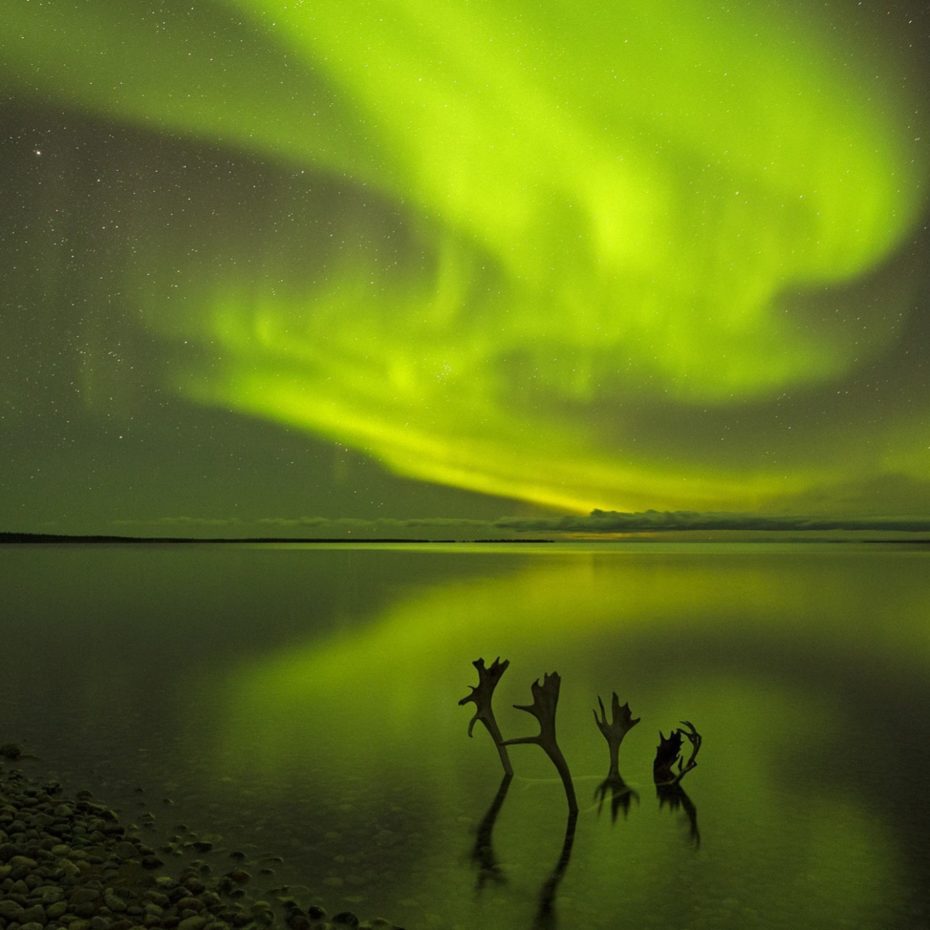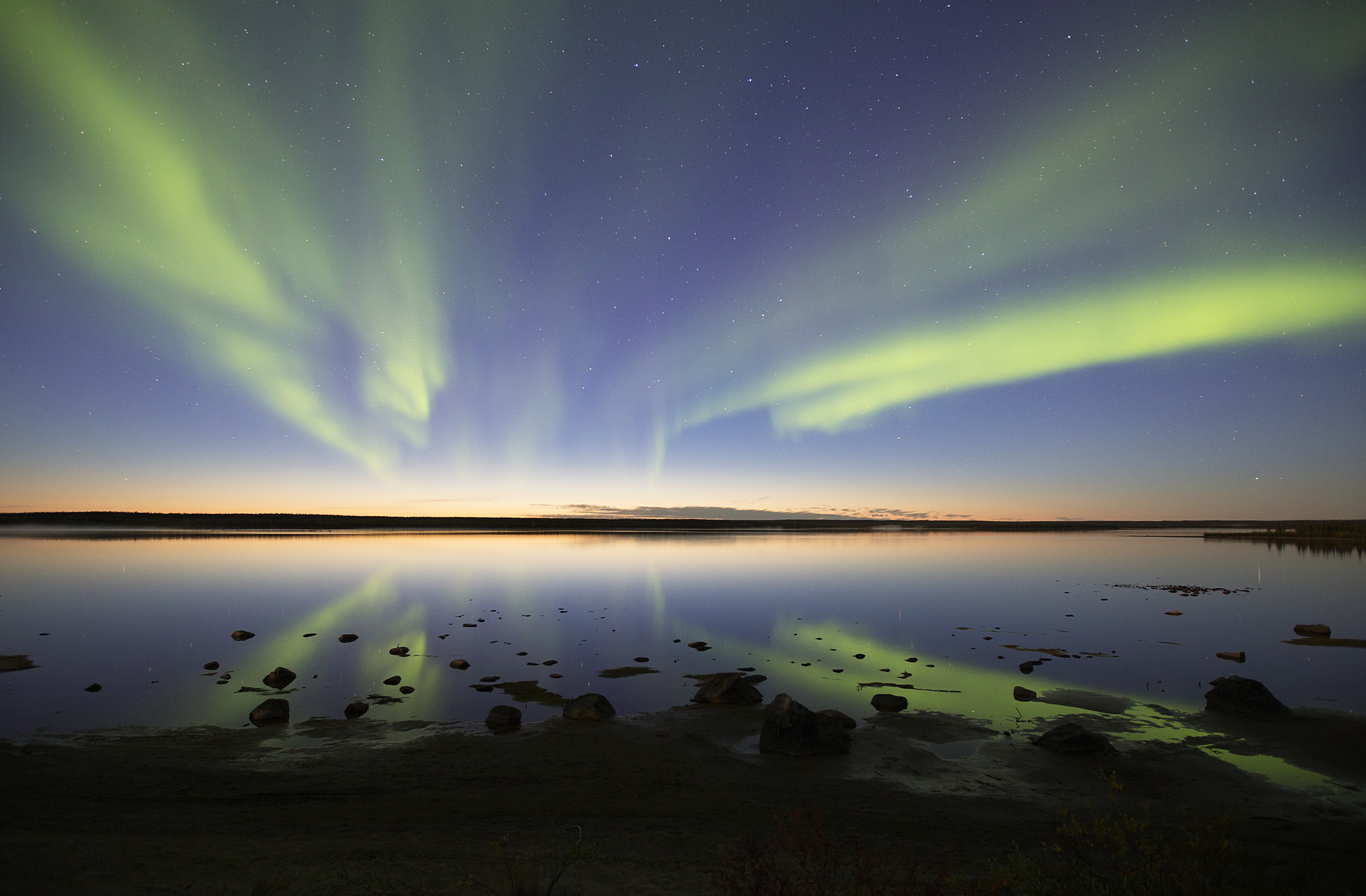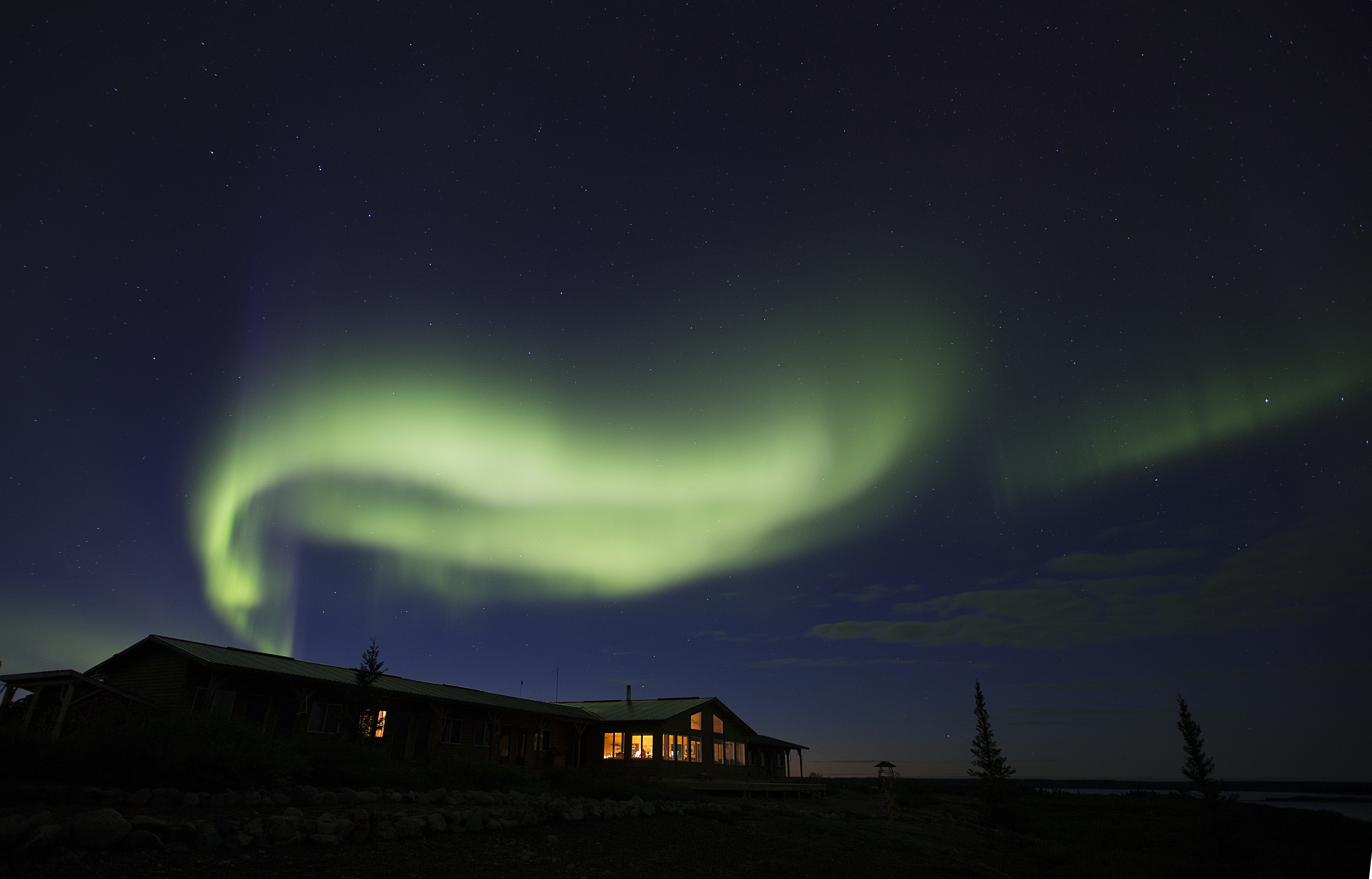EVERYTHING YOU DIDN’T KNOW ABOUT THE NORTHERN LIGHTS
Arctic Haven

Arctic Haven
February 15, 2019 | Arctic Haven
For those of us who have ever turned our gaze to the night sky only to find it awash in bright, dancing light can attest to the undoubtable magic our ancestors certainly perceived. Even today, despite scientific reasoning, the northern lights still hold a mystique and sense of awe. Here’s everything you didn’t know about the Aurora Borealis.
149 million kilometres away on a glowing sphere of hydrogen, subatomic particles are flung from the surface in a sudden release of energy. Traveling nearly forty hours through space these protons and electrons then collide into earth’s atmosphere. To the observer on the ground, what happens next is surely magic.
A mesmerizing display of colour paints sweeping strokes of vibrant green and purple hues across the night sky- the Aurora.
Only in the last hundred years have we begun to understand what causes the northern lights. For millennia, different cultures tried to explain the dramatic display in their own legends. Some said the lights were the spirits of animals recently hunted, while others explained each strand of light to be the soul of their ancestors moving across the sky in a fluid game of soccer. Even the name itself has a root in mythology. In 1619 Galileo named the lights after Aurora, the goddess of the dawn in Roman mythology and borealis meaning wind of the north.

The aurora borealis (and its southern counterpart the aurora australis) are caused by electrically charged particles entering our magnetic field and colliding with gases in earth’s upper atmosphere. The variations in colour are the result of collisions with different gases which can occur at altitudes of 100-350 kilometres above earth’s surface. Green lights are most common and is the result of collisions with oxygen gases. Meanwhile, rare shades of red occur only with high altitude oxygen present over 300 kilometres above earth’s surface. Nitrogen molecules produce a shade of blue, and the blending of these colours can result in other colours such as purple, pink and white.
Most solar wind is deflected by earth’s magnetic field which extends 60,000km into space towards the sun. This is why the northern lights aren’t commonly seen outside the northern and southern latitudes of the earth. Rather, the solar wind follows the contours of our magnetic field where it enters earth at the poles. The northern lights are said to be strongest roughly 2500 kilometres from the magnetic North Pole. However, the magnetic North Pole moves considerably each year due to changes deep in the earth’s core. Between 2000 and 2010 the magnetic North Pole moved over 400 kilometres and is currently off the northwestern tip of Ellesmere Island.

Areas far from other human activity and its associated light pollution offer the best viewing of the Northern Lights. Arctic Haven is situated 700 kilometres from Yellowknife. Perfectly located in the aurora belt, autumn at Arctic Haven is a great time to view the lights. An added bonus is seeing the fall colours wash the tundra in vibrant reds and oranges, and encountering iconic Arctic animals in their natural habitat is sure to entertain. Overlapping a trip to view the northern lights with the incredible fall caribou migration provides for an unforgettable trip. The best time to see the aurora is between 10pm-2am but don’t worry, the espresso bar is open all morning.
We understand that booking a trip like this is a big endeavour. Please reach out to us with any questions that you might have regarding your upcoming adventure.